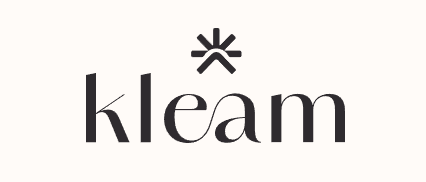Keloid Scar in Hongdae – Flatten & Fade Raised Scars
Dealing with thick, raised scars that won’t go away on their own? Keloids are a type of overgrown scar tissue that can be itchy, painful, or cosmetically bothersome. At our clinic in Hongdae, we offer expert keloid scar treatments using advanced techniques to reduce scar size, relieve discomfort, and improve the appearance of your skin.
What is a Keloid Scar?
Keloids are firm, raised scars that form when the body produces too much collagen during the healing process. Unlike typical scars, keloids grow beyond the boundaries of the original wound and don’t fade over time.
They commonly occur after:
- Acne or chickenpox
- Piercings or tattoos
- Surgery or skin injuries
- Burns or cuts
Keloids can form on any part of the body but are most common on the chest, shoulders, earlobes, and jawline.
Why Treat Keloid Scars?
Key Benefits of Treatment:
✅ Reduces scar height, size, and hardness
✅ Relieves itching, tenderness, or discomfort
✅ Improves cosmetic appearance and confidence
✅ Prevents further growth or spreading
✅ Minimizes risk of recurrence with combination therapy
Keloid Treatment Options Offered
We provide a range of clinically proven treatments that can be used alone or in combination:
- Steroid Injections (Corticosteroids)
Helps flatten the scar and reduce inflammation. Often used as first-line treatment. - Laser Therapy (e.g., Pulsed Dye Laser or CO2 Laser)
Targets pigmentation and improves skin texture. Can also reduce vascularity in red or inflamed keloids. - Cryotherapy
Freezes the scar tissue to break it down over time—especially effective for small keloids. - Silicone Gel Sheets or Ointments
Helps soften and flatten the scar when used consistently. - Surgical Removal (if necessary)
For severe keloids, excision may be performed—but always combined with follow-up therapy to prevent recurrence. - Radiotherapy (in rare or severe cases)
Low-dose radiation may be used after surgical excision to reduce recurrence risk.
What to Expect During Treatment
Treatment will depend on the scar’s size, location, and age. Most procedures are outpatient, quick, and require minimal discomfort. Steroid injections or laser treatments are typically done in a series, spaced 3 to 6 weeks apart.
Mild redness, swelling, or tenderness at the treatment site is common but temporary.
Who is a Good Candidate?
You may benefit from keloid treatment if:
- You have raised, firm, or itchy scars
- Your keloid is growing or changing
- The scar is affecting your appearance or causing discomfort
- You want to prevent a new keloid from forming after surgery or injury
A personalized treatment plan will be developed to ensure both safety and effectiveness—especially for patients with a tendency to develop keloids.
Will the Keloid Come Back?
Keloids can recur after treatment, especially if only removed surgically. That’s why combination therapy is essential—such as steroid injections after excision, or laser therapy paired with silicone care. Our clinic specializes in relapse prevention protocols to help keep keloids from returning.
Restore Smooth, Comfortable Skin in Hongdae
At our clinic in Hongdae, we understand how keloid scars can affect both your skin and your confidence. With expert dermatologists and state-of-the-art technology, we provide comprehensive, results-driven care in a safe and supportive setting.









